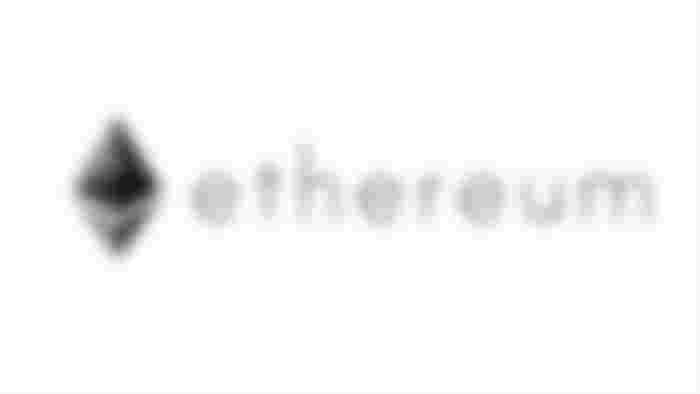Who created Ethereum? Ethereum was created by Russian-Canadian program Vitalik Buterin. He started writing for Bitcoin Magazine back in 2011, and wrote the white paper for Ethereum just two years ago. Ethereum now costs $ 65 billion and is the second highest rated cryptocurrency in the world.
The childhood of Vitalik Buterin

Buterin was born in 1994 in Russia where he lived until he was 6 years old. He then moved his parents to Canada. Buterin had a natural predisposition for math and programming, which reflected in his activities at the time of the pass. Her genius was recognized early on, and she was quickly placed in a school program for gifted children.
Education by Vitalik Buterin
Buterin's father had a background in software development, influencing the Vitalik youth. When he heard about Bitcoin, he began to think about the possibilities of a decentralized system. Buterin has always had suspicious control over government and corporations. Blockchain technology seems to be a perfect solution to the problem of its defined in society. Buterin gained in the Bitcoin community by participating in online forums. He would later write about Bitcoin, which earned him 5 BTC per article.
Bitcoin Magazine
After meeting a Romanian Bitcoin enthusiast by the name of Mihai Alisie, Buterin launched Bitcoin Magazine in 2011. While working as the head writer for the magazine, Buterin also worked part-time as a cryptography research assistant. He also took five courses at the University of Waterloo at the same time. He eventually dropped out of university, however, and focused on building a network within the Bitcoin community.
Connecting with the community
Buterin spent the Bitcoins he earned from writing travel articles around the world. He went to Silicon Valley to meet with blockchain experts. He traveled to Berlin where he discovered Bitcoin ATMs. Finally, he visited Israel, where he learned about other blockchain capabilities. He was inspired by the fact that blockchain technology can be used for things other than financial transactions. After taking all this knowledge, Buterin adopted the idea of what Ethereum would be like. However, he had difficulties convincing people of its feasibility.

The white paper of Ethereum
Ethereum’s white paper was written and released in late 2013. Buterin expects his community colleagues to review the white paper and point out mistakes. However, no such mistakes were found. Instead, more than three people contacted him to express their interest in the project.
The Ethereum logo
Buterin as his newly created team is constantly working on the Ethereum project. The more they worked on it, the more they discovered what they could do with the blockchain. From file storage, to directories, everything seems possible with Ethereum. The team compiled usage cases for each possible application, and presented their findings to the blockchain community. Buterin received a Thiel Felloship grant worth $ 100,000, which gave him the idea of a crowdfunding campaign for Ethereum.
The Ethereum ICO
Buterin and his team launched the official Ethereum ICO in 2014. They sold Ether tokens worth 31,000 BTC, valued at approximately $ 18 million at the time. They experienced a reversal when Bitcoin prices plummeted, meaning they lost most of their crowdfunding. The remaining funds are sufficient to start the Ethereum Foundation, which is a research institute that develops Ethereum open-source software.

